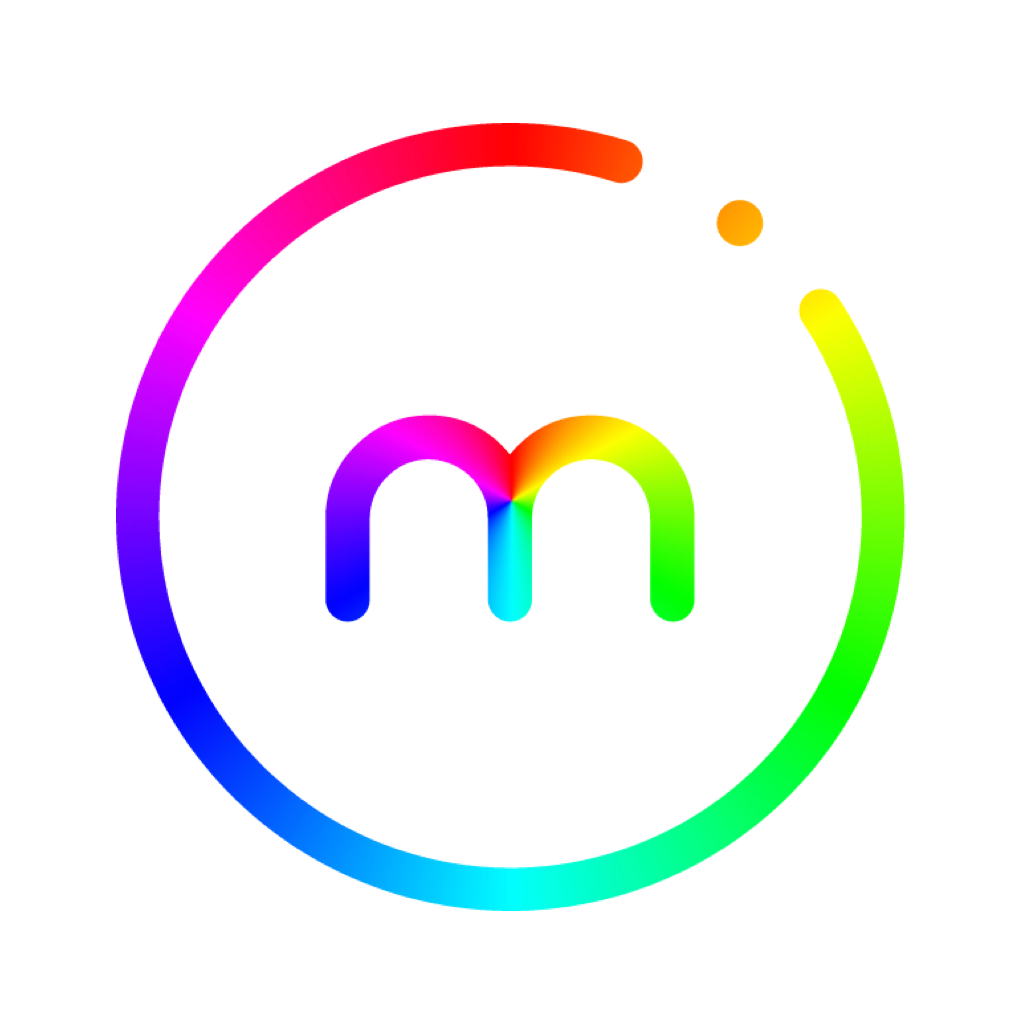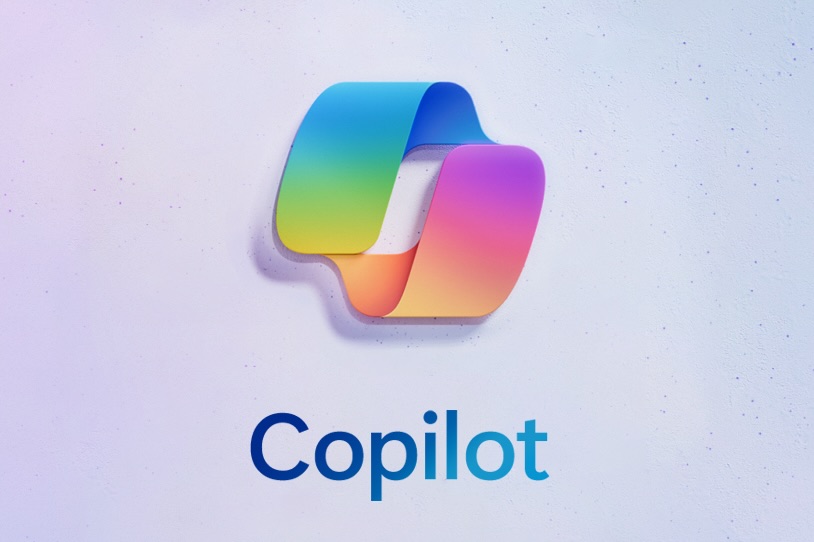Microsoft recently launched “Themes by Copilot” in Outlook, an AI-driven personalization feature designed to make email more engaging and enjoyable. This tool allows users to select customized themes that reflect their personal style, making email browsing more visually dynamic and personalized. The feature is available across both mobile and desktop versions of Outlook, ensuring a consistent and visually pleasing experience no matter where users are accessing their emails.
With “Themes by Copilot,” users can go beyond standard backgrounds by selecting themes generated with artificial intelligence. These themes can be customized to suit individual tastes, with options that range from realistic visuals to stylized art forms like cartoons or oil paintings. The flexibility of this feature allows users to not only pick their favorite designs but also set themes that can change dynamically. For example, users can opt for themes that adapt based on factors like their location, the current weather, or time of day, adding a unique layer of interactivity and relevance to their Outlook interface.
The rollout of “Themes by Copilot” is part of Microsoft’s broader push to enhance productivity through AI, joining other Copilot tools that assist with tasks like drafting emails. However, Microsoft hasn’t limited theme customization to Copilot users. Even those who don’t have access to the full suite of Copilot tools can still enjoy new, non-AI-generated themes in Outlook. These non-AI themes offer a broader variety of vibrant, high-quality options, ensuring that all users benefit from a more personalized and visually engaging interface.
Microsoft’s ongoing efforts with AI-powered features like “Themes by Copilot” represent the company’s commitment to enhancing user experiences by blending productivity with aesthetic customization. By creating a more pleasant and personalized environment for managing emails, Microsoft hopes to make daily tasks feel less routine and more inspiring for Outlook users around the world.
For more detailed information, you can read the original announcement on Microsoft’s Tech Community Blog.


Leave a Reply